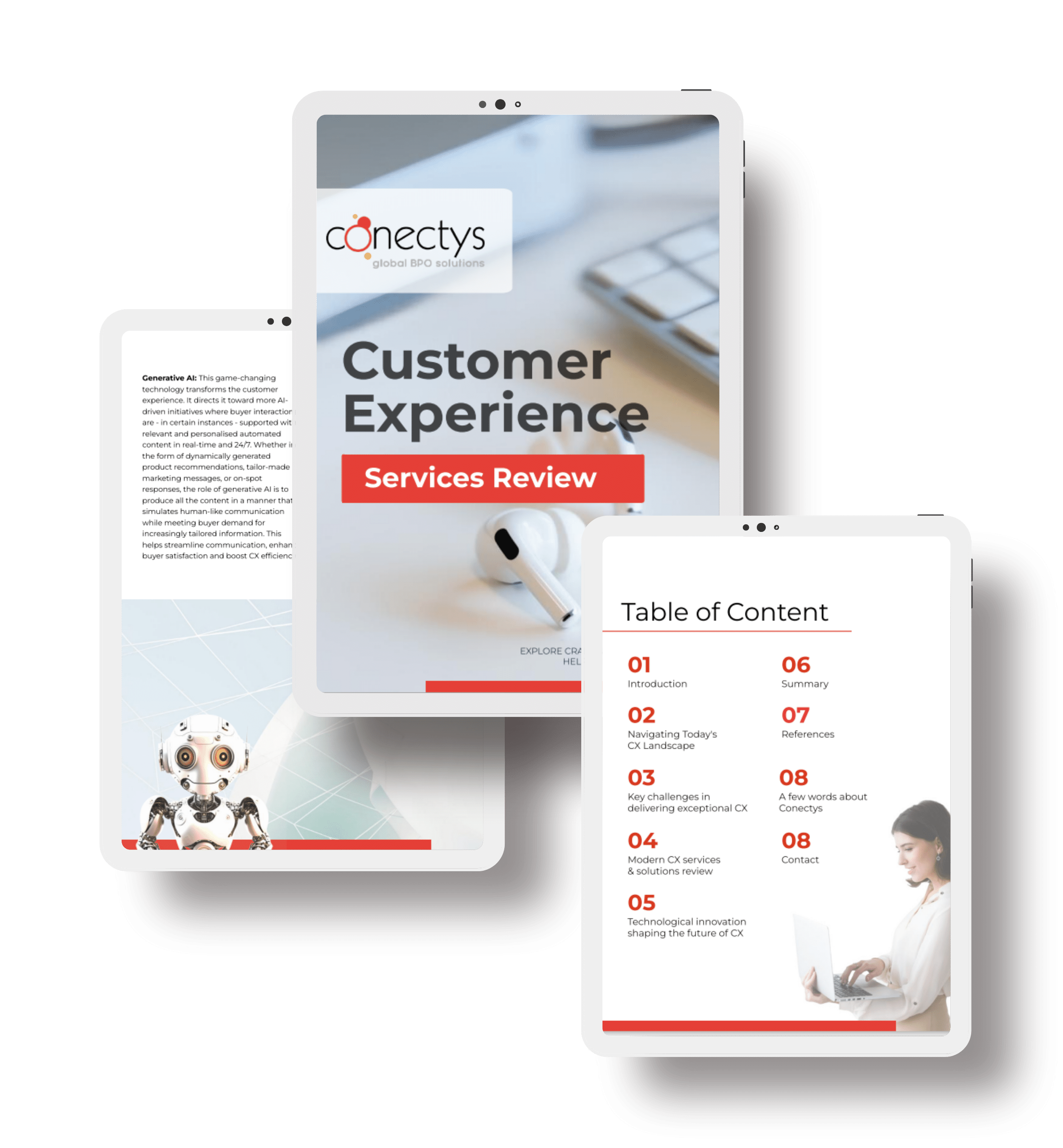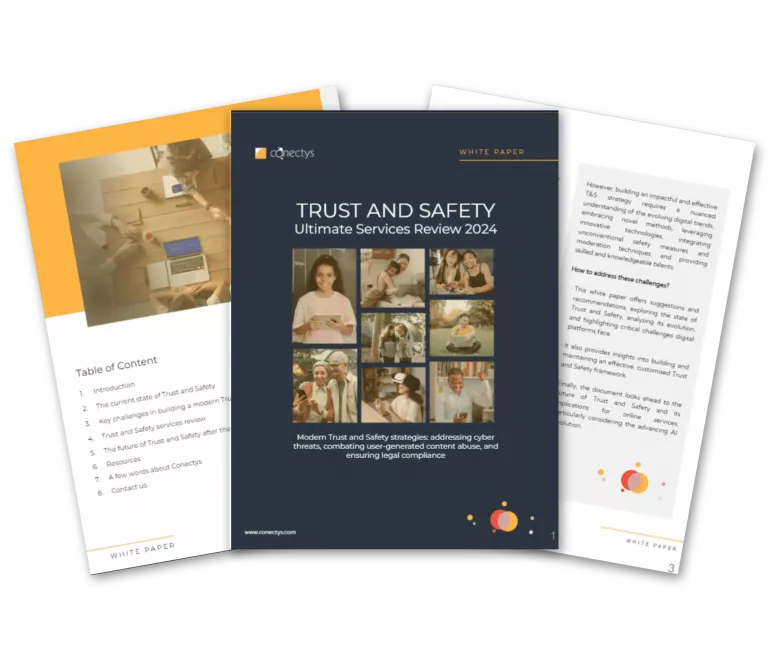Understanding your customers’ happiness levels is crucial for business success. Customer satisfaction surveys help you discover exactly how well your products or services meet expectations and drive meaningful improvements.
What is a Customer Satisfaction Survey?
A customer satisfaction survey is a structured feedback tool that measures how well your products or services meet expectations. Furthermore, these surveys capture real-time insights about your customer experience. Additionally, they help you understand whether customers feel delighted, satisfied, or disappointed with their interactions.
Customer satisfaction survey design can take various forms. For instance, they range from simple rating scales (1-5 or 1-10) to yes/no questions like “Would you recommend us to a friend?”. Most importantly, the key is gathering actionable data that reveals where you stand with your customers. Subsequently, this data predicts future business relationships.
Why Customer Satisfaction Surveys Matter
Here’s the thing: retaining existing customers costs significantly less than acquiring new ones. Moreover, these feedback tools serve as your early warning system. Consequently, they identify potential churn before it happens.
Customer satisfaction surveys help you:
- Measure customer loyalty and predict repeat business
- Identify pain points in your customer journey
- Benchmark performance against industry standards
- Guide product development based on real user feedback
Research shows that companies gathering customer feedback can increase cross-sell and up-sell effectiveness by 15-20%. Pretty powerful, right?
How to Create Customer Satisfaction Survey
Customer Satisfaction Survey Best Practices
Keep surveys short and focused. Studies show response rates drop dramatically after 5-7 questions. Therefore, aim for surveys that take no more than 3-5 minutes to complete. Your customers are busy—respect their time.
Use clear, jargon-free language in your customer satisfaction survey questions. Additionally, avoid technical terminology that might confuse respondents. Each question should serve a specific purpose in meeting your survey objectives.
Deploy surveys at the right moment in the customer journey. For example, send post-purchase surveys immediately after a transaction when the experience is fresh. Similarly, for service interactions, trigger surveys right after support conversations end.
Customer Satisfaction Survey Methods and Tools
Email surveys remain the most popular customer satisfaction survey method. They allow you to follow up after customer interactions. In contrast, in-app surveys work well for gathering contextual feedback about specific features or pages.
Modern customer satisfaction survey software like Qualtrics, SurveyMonkey, and Delighted provide templates and analytics to streamline the process. Furthermore, these customer satisfaction survey platforms offer features like conditional logic, multi-channel distribution, and real-time dashboards.
Popular customer satisfaction survey tools include:
- Qualtrics – Advanced analytics and enterprise features
- SurveyMonkey – User-friendly interface and templates
- Delighted – Specialized NPS and CSAT tracking
- Typeform – Interactive and engaging survey design
Essential Customer Satisfaction Survey Questions
Effective customer satisfaction survey questions should be clear, specific, and actionable. Here are proven question types:
CSAT Survey Questions:
- “How satisfied are you with our service?” (1-5 scale)
- “How would you rate your overall experience?” (1-10 scale)
- “Did our product meet your expectations?” (Yes/No/Exceeded)
Net Promoter Score (NPS) Survey Questions:
- “How likely are you to recommend us?” (0-10 scale)
- “What’s the main reason for your score?”
- “How can we improve your experience?”
Customer Effort Score (CES) Questions:
- “How easy was it to resolve your issue?” (1-7 scale)
- “How much effort did you personally have to put forth?” (Low/High effort)
These three survey types form the foundation of comprehensive customer satisfaction measurement.
Customer Satisfaction Survey Examples and Templates
Template for Post-Purchase
Subject: How was your recent purchase?
- How satisfied are you with your purchase? (1-5 scale)
- How would you rate the checkout process? (1-5 scale)
- How likely are you to recommend us? (0-10 scale)
- What could we improve about your experience?
Service Quality Survey Template
Subject: Your recent support experience
- How satisfied are you with the support you received? (1-5 scale)
- How easy was it to get your issue resolved? (1-7 scale)
- How knowledgeable was our support team? (1-5 scale)
- Any additional feedback about our service?
Customer Experience Survey Template
Subject: Tell us about your experience
- How would you rate your overall experience? (1-10 scale)
- Which aspects of our service impressed you most?
- What frustrated you during your experience?
- How likely are you to use our service again? (1-10 scale)
Customer Satisfaction Metrics and Measurement
Key Customer Satisfaction Metrics
Understanding customer satisfaction measurement requires tracking multiple metrics:
- Customer Satisfaction Score (CSAT) – Measures immediate satisfaction
- Net Promoter Score (NPS) – Gauges customer loyalty and advocacy
- Customer Effort Score (CES) – Evaluates ease of interaction
- Customer Satisfaction Index – Composite score combining multiple metrics
Survey Response Rate Optimization
Improving your survey response rate is crucial for accurate data. Best practices include:
- Send surveys at optimal times (within 24 hours of interaction)
- Keep surveys under 5 minutes
- Use mobile-friendly design
- Offer incentives when appropriate
- Send follow-up reminders
Survey Data Analysis Techniques
Effective survey data analysis involves:
- Trend analysis – Track satisfaction scores over time
- Segmentation – Compare satisfaction across customer groups
- Correlation analysis – Identify factors driving satisfaction
- Text analysis – Extract insights from open-ended responses
How to Improve Customer Satisfaction
Conducting Customer Satisfaction Surveys Effectively
Successfully conducting surveys requires:
- Define clear objectives – Know what you want to measure
- Choose appropriate survey methodology – Match method to audience
- Time surveys strategically – Capture feedback at key moments
- Follow up on results – Act on feedback received
- Close the loop – Inform customers about improvements made
Customer Satisfaction Benchmarks
Industry customer satisfaction benchmarks help contextualize your scores:
- Retail: Average CSAT of 78-82%
- SaaS: Average NPS of 30-40
- E-commerce: Average CSAT of 75-80%
- Financial Services: Average CSAT of 70-75%
Industry-Specific Surveys
B2B Customer Satisfaction Survey
B2B customer satisfaction surveys focus on:
- Account management effectiveness
- Service delivery quality
- Value for money
- Long-term partnership potential
Key B2B survey questions:
- “How satisfied are you with your account manager?”
- “How well do we understand your business needs?”
- “How likely are you to renew your contract?”
E-commerce Customer Satisfaction
E-commerce customer satisfaction emphasizes:
- Website usability
- Product quality
- Shipping experience
- Return process
Essential e-commerce questions:
- “How easy was it to find what you were looking for?”
- “How satisfied are you with delivery speed?”
- “How would you rate product quality?”
SaaS Customer Satisfaction Survey
SaaS customer satisfaction surveys measure:
- User experience
- Feature satisfaction
- Support quality
- Platform reliability
Critical SaaS questions:
- “How intuitive is our software?”
- “Which features do you find most valuable?”
- “How satisfied are you with our onboarding process?”
Retail Customer Satisfaction Survey
Retail customer satisfaction surveys evaluate:
- In-store experience
- Product availability
- Staff helpfulness
- Store atmosphere
Important retail questions:https://www.conectys.com/blog/other/industries/software-applications/csat-and-nps-weve-used-these-tools-to-drive-customer-loyalty-and-can-do-the-same-for-you/
- “How satisfied were you with staff assistance?”
- “How would you rate our store layout?”
- “How likely are you to visit again?”
Customer Feedback Survey Best Practices
Customer Loyalty Survey Strategies
Building customer loyalty through surveys involves:
- Regular pulse surveys to track sentiment
- Milestone surveys at key journey points
- Win-back surveys for churned customers
- Advocacy surveys for promoters
Survey Design Principles
Effective survey design follows these principles:
- Logical flow – Questions should build naturally
- Balanced scales – Avoid leading questions
- Mixed question types – Combine quantitative and qualitative
- Mobile optimization – Ensure surveys work on all devices
Advanced Survey Techniques
Survey Methodology Innovations
Modern survey methodology includes:
- Adaptive surveys – Questions change based on responses
- Micro-surveys – Single-question feedback collection
- Embedded surveys – Contextual in-app feedback
- Video surveys – Rich media feedback collection
Integration with Customer Journey
Effective surveys integrate with the customer journey:
- Onboarding surveys – Capture first impressions
- Feature adoption surveys – Measure new feature satisfaction
- Renewal surveys – Understand retention factors
- Exit surveys – Learn from churned customers
Ready to transform customer feedback into business growth? We help companies design customer satisfaction surveys that drive real results and improve retention rates. Let’s talk about boosting your metrics through strategic survey implementation and data-driven insights.


